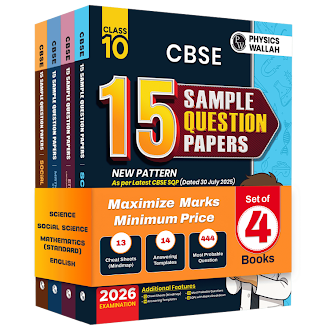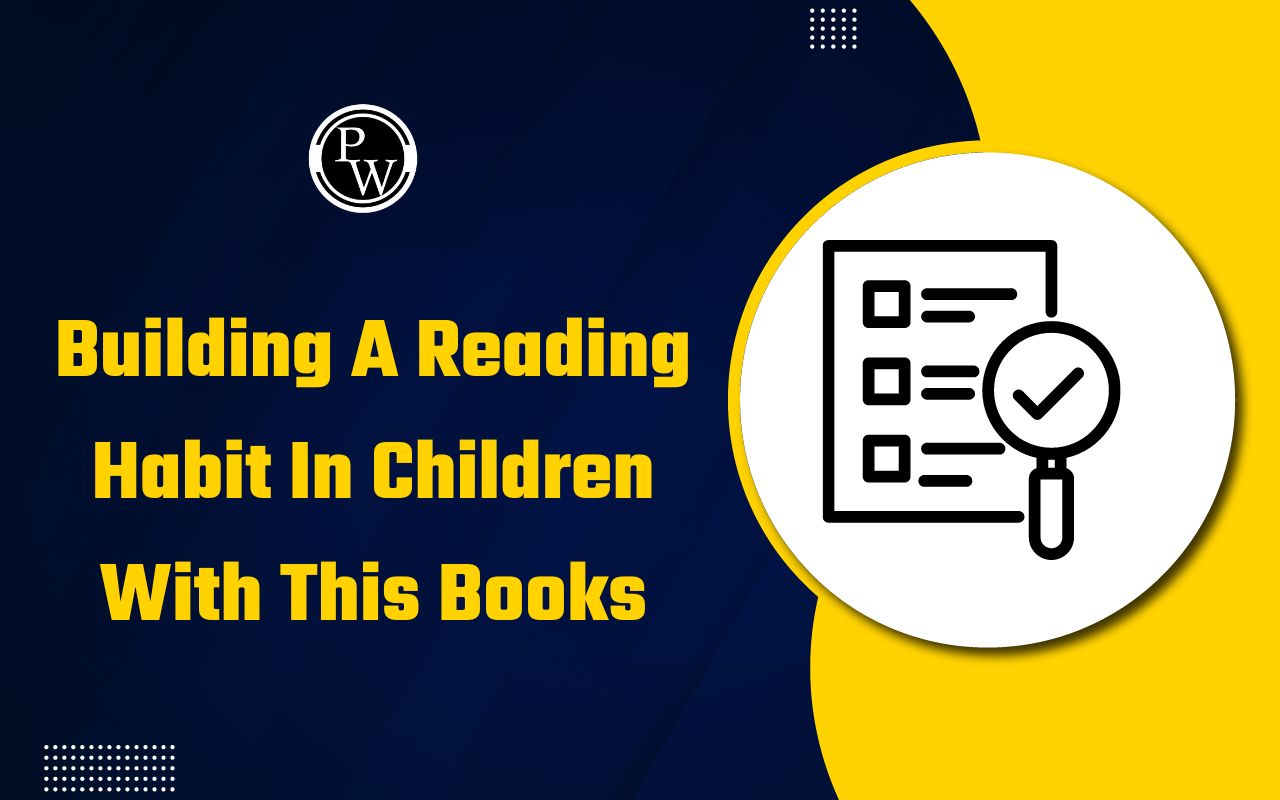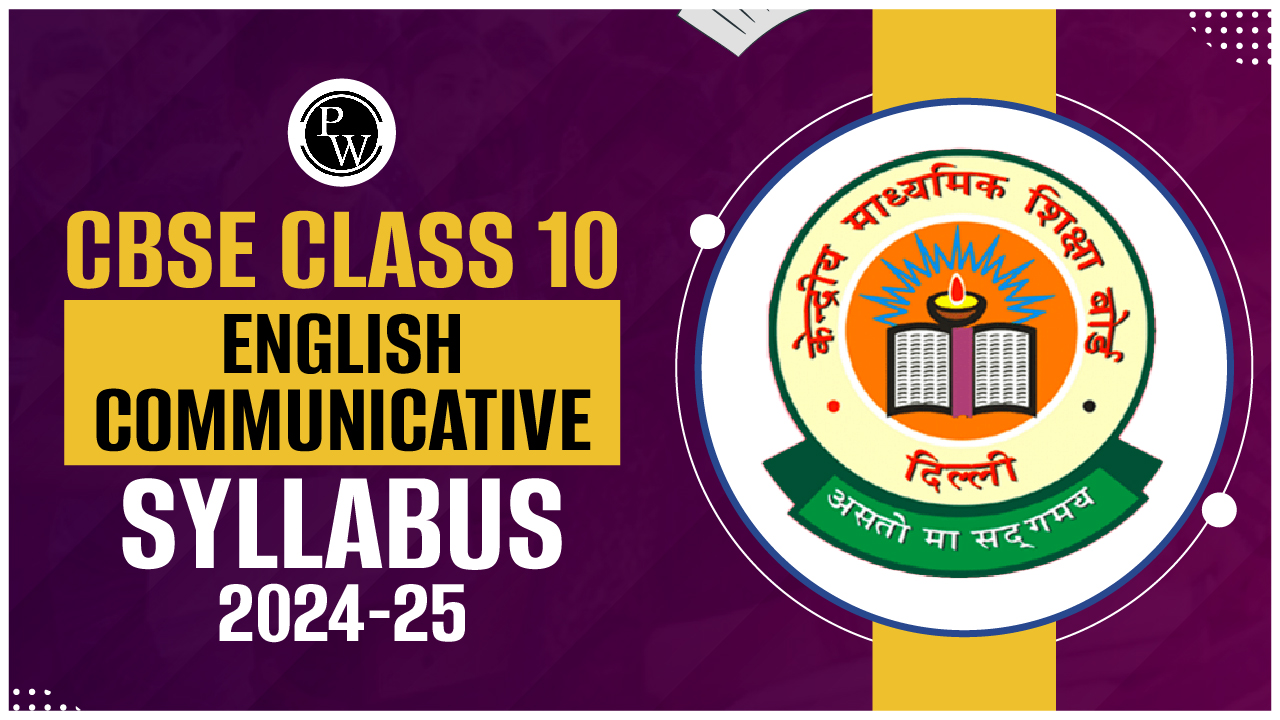A Letter to God Class 10 Extra Questions -Free PDF

A Letter To God Class 10 Extra Questions: A Letter to God is the first chapter of the First Flight textbook and holds great importance in the Class 10 English syllabus. Written by Gregorio López y Fuentes, this touching story explores themes like faith, human kindness, and irony through the simple life of a poor farmer named Lencho. To understand the core message of the story, students need to practise the A Letter to God Class 10 Important Questions thoroughly.
These include both the questions asked in previous board exams and A Letter to God Class 10 Extra Questions for better revision. Understanding the gist of the story, the moral lesson, and the character traits of Lencho will help students not only in scoring well but also in interpreting the deeper meaning of the text. Check out the article below to get A Letter To God Class 10 Extra Questions.
Check Out: CBSE Class 10th Books
Characters of A Letter To God Class 10
-
Lencho: Lencho is a poor and hardworking farmer who lives with his family in the countryside. He has deep faith in God and believes that God will help him in times of need. After a hailstorm destroys his crops, he writes a letter to God asking for money. His innocence and blind trust show his strong belief in divine help.
-
Postmaster: The postmaster is a kind and generous man who is deeply moved by Lencho’s faith. To preserve that faith, he collects money from his colleagues and sends it to Lencho in the name of God. He shows compassion, humanity, and respect for someone’s beliefs.
-
Post Office Employees: They are the co-workers of the postmaster who willingly contribute money for Lencho. Their small act of kindness reflects the goodness in people and their willingness to help someone in distress, even if they don’t know him personally.
-
Lencho’s Family: Lencho’s family is not directly involved in the story’s action but is briefly mentioned. They depend entirely on farming for survival and trust Lencho’s decisions, showing a close-knit and supportive rural family.
Check Out: CBSE Class 10th Revision Books
A Letter To God Class 10 Extra Questions Free PDF
If you’re preparing for your CBSE Class 10 English exam, you already know how important the chapter A Letter to God is. From understanding Lencho’s deep faith to spotting the irony in the ending, this story has so much to explore. That’s why having a set of extra questions really helps you go beyond the textbook and practise better.
To make things easier for students like you, PW (Physics Wallah) offers a free PDF with well-framed extra questions and answers based on the latest exam pattern. Whether you're revising the story’s theme, the character traits, or just want to test yourself before the exam, this PDF is a super handy tool.
Below are the CBSE Important Questions for Class 10 English First Flight Chapter 1 A letter to God -
1. What were Lencho's feeling when the hail has stopped?
Sol. When the hail stopped, Lencho's feelings were filled with sadness and despair. He realized that the hail had destroyed their corn fields, leaving them with no harvest for the year. Lencho lamented the bleak future ahead for himself and his family, feeling shattered by the loss caused by the hailstorm.
2. Who was Lencho? What were his main problems?
Sol. Lencho was a hardworking farmer who lived with his family on the crest of a low hill. His main problem arose when a hailstorm destroyed his crops, leaving him in need of money to sow his fields again and support his family. This loss of his crops due to the hailstorm led to Lencho's desperation and his plea for financial assistance to overcome the adversity faced by his family.
3. What did Lencho compare the raindrops to and why?
Sol. Lencho compared the raindrops to "new coins" because he saw them as a symbol of hope for a good harvest. The rain was essential for his crops, and a successful harvest would bring prosperity by providing him with the money needed to support his family. Therefore, Lencho viewed the raindrops falling like new coins from the sky as a sign of potential financial security and well-being that a bountiful harvest would bring.
4. Why did Lencho write a letter to God?
Sol. Lencho wrote a letter to God because he believed that God could help him in his time of need. After the hailstorm destroyed his crops, leaving him in a desperate situation without the means to support his family, Lencho turned to God as a source of hope and assistance. He expressed his faith and trust in God's ability to provide for him and his family, seeking divine intervention to overcome the challenges he faced due to the loss of his crops.
5. Why did Lencho not want the way to be sent through mail?
Sol. Lencho did not want the money to be sent through mail because he believed that the mail system was not reliable. He feared that if the money was sent through mail, some of it might get lost or stolen. Lencho preferred to receive the money in person, directly from the hands of the postmaster, to ensure that it reached him safely and completely. This lack of trust in the mail system led Lencho to request for the money to be handed over to him in person, rather than being sent through the mail.
6. What are the raindrops compared to and why?
Sol. Lencho compared the raindrops to "new silver coins" because he saw them as a symbol of
prosperity and a good harvest. He likened the big raindrops to ten-cent pieces and the smaller ones to five-cent pieces, envisioning them as round, shining, and precious, much like actual coins. This comparison was rooted in Lencho's anticipation that the raindrops would bring him the financial security and well-being that a bountiful corn harvest would provide. The raindrops symbolized hope for a successful harvest, which would bring him the money needed to support his family, hence the comparison to new coins.
Click the link below to get A Letter To God Class 10 Extra Questions Free PDF.
A Letter to God Class 10 Important Questions - PDF
PW Class 10 Book For Exam Preparation
When the board exam dates come near, revision becomes tough because there are a lot of chapters in each subject, and the time is limited. That’s why having a reliable CBSE Class 10 revision book is important.
PW's CBSE Class 10 Mind Maps Book for 2026 Board Exams is designed to solve this problem. It includes mind maps for Class 10 CBSE A Letter to God and other chapters, along with Science, English, Social Science, and more, all in one single book.
Here’s why this book stands out:
-
Visual Mind Maps for All Chapters: Topics from class 10 mind map SST, Science chapters, and math problems are explained using clear diagrams and keywords. This makes difficult topics easy to remember.
-
Quick Revision Resource: Improve your last-minute exam prep with this CBSE Class 10 revision book.
-
Covers All Major Subjects: No need to carry multiple books. From the Mind Map of Science Class 10 CBSE to English, everything is given in one place.
-
Supports NCERT Learning: Aligns well with your school textbooks.
So if you're looking for a book that helps with both understanding and quick revision, this mind map, PW Class 10 Book, can be your companion. No matter if you read it before unit tests, pre-boards, or final board exams, this class 10 mind map SST and other subjects can be your handy study buddy.\
Check Out, CBSE Class 10th Question Banks
How to Prepare for CBSE Class 10 English?
1. Read the Chapters Thoroughly
Before you attempt any question, it is important to read each chapter carefully. Don’t just skim through the text, understand the flow, characters, tone, and emotions.
-
Read the story or poem at least twice.
-
Try to understand the theme, character traits, tone, and message of the text.
-
Highlight important dialogues or lines that seem meaningful or may be asked in exams.
2. Focus on NCERT Questions First
The textbook questions (at the end of each lesson) are often asked in exams. Prepare these first before moving to extra questions.
-
Practise both short and long answer-type questions.
-
Frame your answers in your own words after understanding the question properly.
-
Follow the CBSE marking scheme, stick to word limits.
3. Make Short Notes for Revision
Making your own notes helps in better understanding and quicker revision before exams.
-
Write down key points, summaries, themes, and important lines.
-
Make character sketches in bullet form.
-
Note the central idea or moral of the poem/story.
4. Understand Literary Devices
Poems and even some prose texts in Class 10 include various literary devices. You must be able to identify and explain them.
-
Metaphor
-
Simile
-
Personification
-
Alliteration
-
Imagery
-
Rhyme Scheme
-
Make a chart or flashcards of literary devices with examples from the text.
-
Practise spotting these devices while reading the poems.
5. Practise Extra Questions and Sample Papers
Once you are confident with the NCERT content, move on to extra questions and previous year questions.
-
Solve sample papers regularly to improve writing speed and accuracy.
-
Practise unseen passages and grammar-based questions as well.
-
Go through Class 10 English Question Banks that include chapter-wise questions and answers.
Check Out: CBSE Class 10th Previous Year Papers
6. Learn How to Frame Good Answers
Quality answers matter. The more structured and to-the-point your answers are, the better marks you’ll score.
-
Start with an introduction and end with a conclusion (especially in long answers).
-
Avoid repeating points. Use varied vocabulary.
-
Stick to what the question is asking; don’t write unnecessary content.
7. Work on Grammar and Writing Skills
The writing section (letters, analytical paragraphs, etc.) and grammar can help boost your overall English score.
-
Practice formal and informal letters, analytical paragraphs, and story writing.
-
Revise grammar topics like tenses, subject-verb agreement, reported speech, and modals.
Read More: NCERT Solutions of Class 10 English First Flight Chapter 1 A Letter to God
A Letter to God FAQs
1. How should I begin preparing for Class 10 English?
Start by thoroughly reading all chapters in the First Flight and Footprints Without Feet textbooks. Understand the main theme, plot, tone, and character traits of each story or poem.
2. Why is it important to understand the moral or message of the chapter?
Many long-answer questions are based on the moral values or life lessons a story teaches.
3. What kind of questions are asked from 'A Letter to God'?
Questions are often based on Lencho’s character, the irony in the story, the theme of faith, and the moral.
4. How do I remember all the literary devices used in poems and stories?
Make a list of commonly used literary devices like metaphor, alliteration, personification, irony, etc., with examples from the texts. Revise these regularly.
5. How can I improve my writing skills for the grammar and writing section?
Practise formal letters, reports, analytical paragraphs, and notice writing. Focus on format, clarity, grammar, and word choice.












